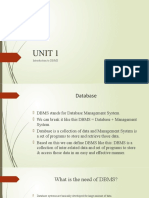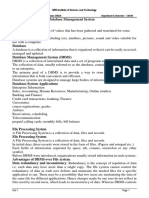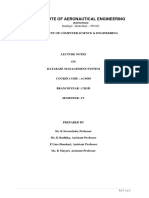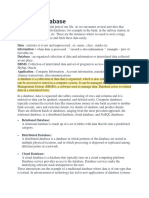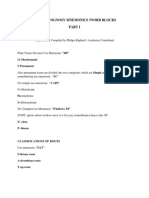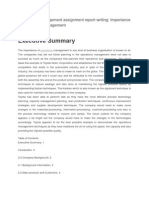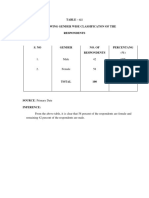0% found this document useful (0 votes)
45 views61 pagesLecture 1
The document provides an overview of Database Management Systems (DBMS), covering key concepts such as data, information, and the structure of databases. It outlines the advantages of using a DBMS over traditional file-processing systems, including data integrity, security, and efficient data retrieval. Additionally, it discusses the roles of various database users, including Database Administrators, Application Developers, and Data Analysts.
Uploaded by
Amira MohamedCopyright
© © All Rights Reserved
We take content rights seriously. If you suspect this is your content, claim it here.
Available Formats
Download as PDF, TXT or read online on Scribd
0% found this document useful (0 votes)
45 views61 pagesLecture 1
The document provides an overview of Database Management Systems (DBMS), covering key concepts such as data, information, and the structure of databases. It outlines the advantages of using a DBMS over traditional file-processing systems, including data integrity, security, and efficient data retrieval. Additionally, it discusses the roles of various database users, including Database Administrators, Application Developers, and Data Analysts.
Uploaded by
Amira MohamedCopyright
© © All Rights Reserved
We take content rights seriously. If you suspect this is your content, claim it here.
Available Formats
Download as PDF, TXT or read online on Scribd
/ 61






